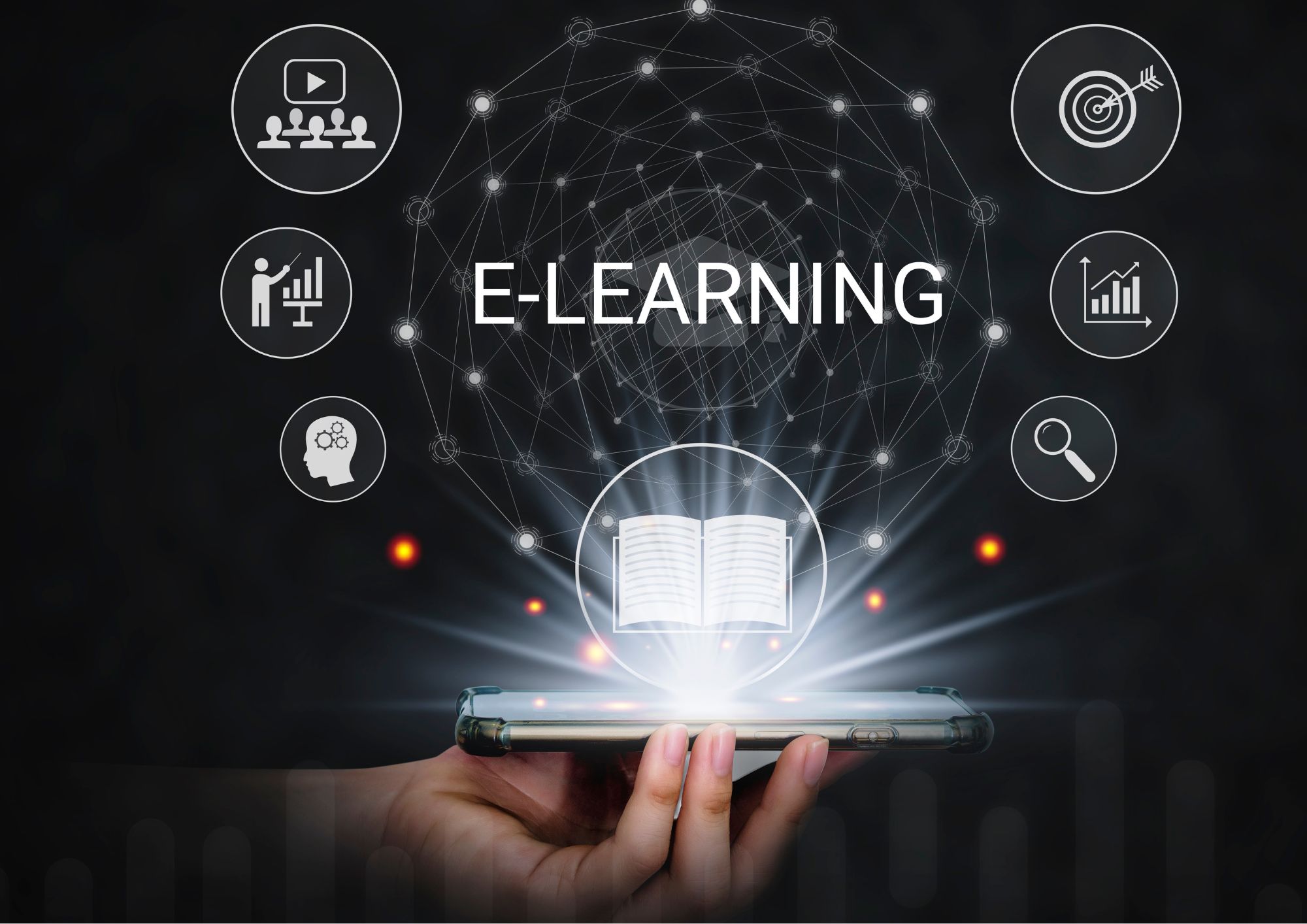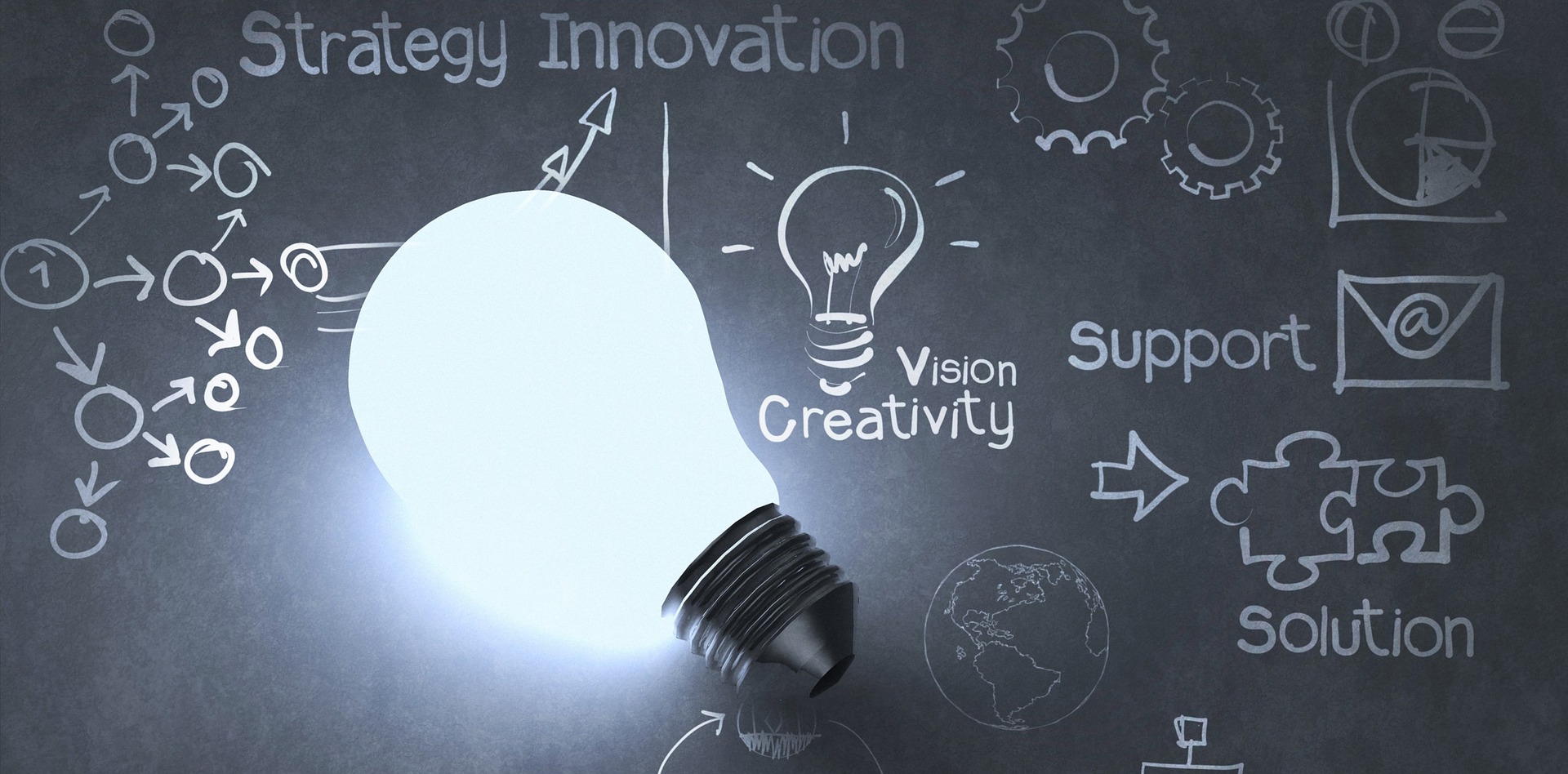The digital transformation in education is radically reshaping learning environments, empowering both students and educators with cutting-edge tools and resources.
In this blog post, we will delve into the key aspects of this modernization, providing you with an in-depth understanding of the innovations that are revolutionizing the educational landscape.
The Emergence of Digital Transformation in Education
The role of technology in education
- Access to information: The internet has democratized access to information, making it more accessible than ever before.
- Personalized learning: Data-driven approaches allow educators to tailor their teaching methods to each student’s needs.
- Global collaboration: Students and educators can connect with their peers worldwide, fostering a global perspective and enhanced learning experiences.
The impact of COVID-19
- Remote learning: The pandemic accelerated the adoption of digital learning tools, making remote learning a new norm.
- Flipped classrooms: Educators have increasingly embraced the flipped classroom model, in which students learn online content outside the classroom and engage in collaborative activities during class time.
- Digital equity: The pandemic has highlighted the need to address the digital divide, ensuring that all students have equal access to educational resources.
Key Technologies Driving the Digital Transformation in Education
Learning Management Systems (LMS)
- Examples: Canvas, Blackboard, Google Classroom
- Role: LMS platforms facilitate the organization, delivery, and tracking of digital course content, assessments, and communication between educators and students.
Adaptive Learning Platforms
- Examples: DreamBox, Smart Sparrow, Knewton
- Role: These platforms use artificial intelligence (AI) to analyze students’ performance and adapt the learning experience to their needs, increasing engagement and enhancing learning outcomes.
Virtual Reality (VR) and Augmented Reality (AR)
- Examples: Google Expeditions, Microsoft HoloLens, zSpace
- Role: VR and AR offer immersive learning experiences, allowing students to explore virtual environments, visualize complex concepts, and engage in simulations.
Gamification
- Examples: Classcraft, Kahoot!, BrainPOP
- Role: Gamification introduces game mechanics into the educational process, making learning more fun and engaging for students.
Best Practices for Successful Digital Transformation in Education
Embrace a culture of innovation
- Encourage experimentation: Provide educators with the freedom to explore new tools and technologies.
- Offer professional development opportunities: Equip educators with the skills and knowledge to effectively integrate technology into their teaching practices.
Ensure digital equity
- Invest in infrastructure: Provide reliable internet access and modern devices for all students.
- Support underserved communities: Develop targeted programs to address the unique challenges faced by students in low-income and rural areas.
Foster collaboration and communication
- Encourage collaboration between educators, students, and parents.
- Leverage digital tools to facilitate communication and feedback.
Evaluate and refine
- Collect data on the effectiveness of digital learning tools.
- Use this data to refine and improve the digital learning experience for students and educators.
Real-World Examples of Digital Transformation in Education
Finland’s Phenomenon-based Learning
In Finland, educators have adopted phenomenon-based learning, which encourages interdisciplinary collaboration and student-driven exploration.
By leveraging digital tools and platforms, Finnish schools have created a learning environment that nurtures curiosity and fosters critical thinking.
The One Laptop per Child (OLPC) Initiative

By giving students access to digital resources, the program helps to bridge the digital divide and empower young learners in underprivileged communities.
Singapore’s Smart Nation Initiative

By investing in cutting-edge edtech tools and encouraging innovative teaching practices, Singapore has become a global leader in modernizing learning environments.
Summary
Digital transformation in education is a dynamic force, revolutionizing the way we teach and learn.
By embracing the power of technology, we can create more engaging, personalized, and equitable learning environments that empower students to reach their full potential.
As educators, policymakers, and communities continue to collaborate and innovate, we can expect to see even more exciting developments in the years to come.
Thank you for reading our blog, we hope you found the information provided helpful and informative. We invite you to follow and share this blog with your colleagues and friends if you found it useful.
Share your thoughts and ideas in the comments below. To get in touch with us, please send an email to dataspaceconsulting@gmail.com or contactus@dataspacein.com.
You can also visit our website – DataspaceAI






